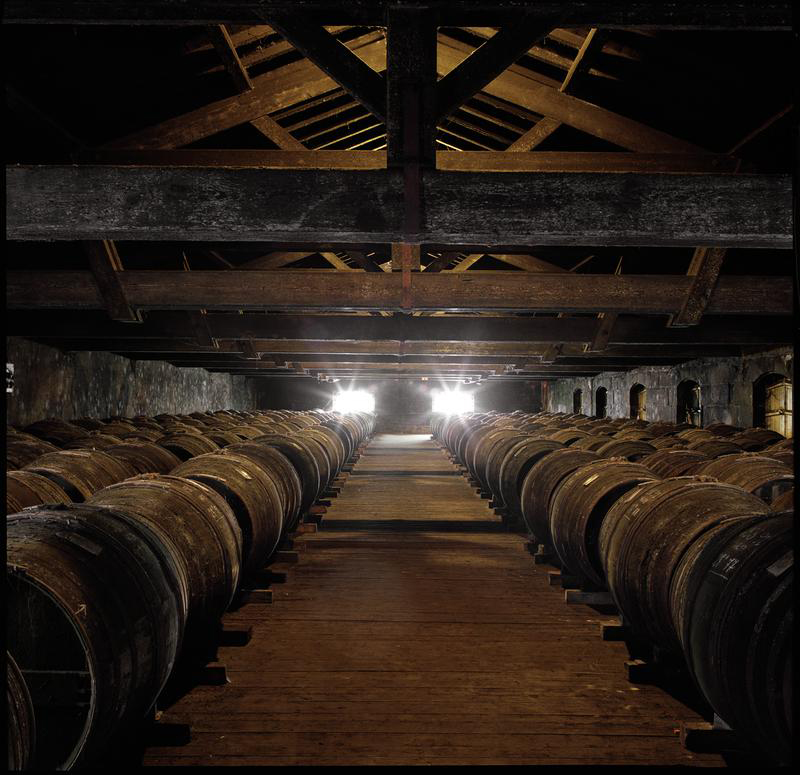Would you put in the same amount of effort knowing that results would only pay off only in the next generation?
Louis XIII thinks a century ahead and commits itself to sustainability as part of its long-term vision
It is almost second nature for companies and individuals today to traverse the globe in search of myriad factors most conducive to their trade or lifestyle. Not so for a company that is so intimately wedded to its terroir as the house of Rémy Martin, where a deep connection with the land and local community is the essential ingredient to the making of its Louis XIII Cognac.
In 1874, Paul-Emile Rémy Martin had the vision of creating a cognac to express the superiority of the terroir. It is in Grande Champagne where the grapes that create eaux de vie with the finest ageing potential are grown – a small tract of land situated in the very heart of the Cognac region in France. The result was Grande Champagne Très Vieille Age Inconnu, which is today known as Louis XIII.
Since its origins, each generation of cellar master selects from our cellars the most precious eaux de vie for Louis XIII. Today, cellar master Baptiste Loiseau is setting aside the finest eaux de vie as a legacy to his successors for the coming century.
Loiseau, the youngest cellar master to be appointed at age 34 in 2014, explains: “The mission of the cellar master is to have the vision to select unaged eaux de vie that have the potential to enter a blend of Louis XIII, but he or she won't be the one who will make the final blend with these eaux de vie. Instead, the cellar master safeguards all this heritage, know-how and eaux de vie as a treasure for the next generation, while taking care of what has been selected and passed to him from the previous cellar master. This is the link between generations of people, from cellar masters to wine growers, and in this way, we are unique in being able to say that time is our raw material.”
Producing an exquisite cognac that is perfected over the course of a century preserving Paul-Emile’s unchanging ideal requires immense savoir faire that is passed through successive generations of cellar masters, wine growers and so forth against a backdrop of often dramatic environmental and social change. It is a Herculean undertaking that requires nothing less than the house of Rémy Martin’s wide-ranging corporate social responsibility initiatives that contributed to its parent Rémy Cointreau Group being ranked number one on the Gaia Index for sustainability performance.
Besides helping local growers achieve the quality required of Louis XIII, the house of Rémy Martin also conducts extensive agricultural research, which it shares with local growers to steer them towards more responsible farming practices. “It is based on four topics. You need agricultural practices that enhance the biodiversity of the fields, you have to be responsible in the way you fertilise your soil, you have to adopt sustainable approaches in protecting your vineyards from disease, and fourthly, is water use. We are sharing our long-term vision with our growers to ensure that when we pass this land to the next generation, they will have something that is suitable and sustainable,” says Loiseau.
Apart from securing the land, he has also collaborated with his mentor and former cellar master, Pierrette Trichet, to revive the craft of constructing tiercons. “The eaux de vie that compose Louis XIII are matured in oak casks sourced from forests in France. Only after several decades of maturation will the most exceptional eaux de vie with proven ageing potential be chosen to evolve in the rarest casks we possess: the tiercons. As centennial casks exclusive to Louis XIII, tiercons are a rare heritage from times past,” says Loiseau.
“They are prized assets in the ageing process of Louis XIII. Made decades ago from oak, their special thin staves allow for a unique interaction between the eaux de vie, air and wood. A tiercon cannot be replaced. As the years go by, it will be carefully restored and watched over by each cellar master in the heart of the Louis XIII cellar. In 2017, we decided to recreate new tiercons as a legacy for the generations to come.”
New tiercons have not been made since 1917. After years of research including collaboration with the National Forests Office of France, tiercon construction restarted in 2017, at 15 new tiercons a year with oak from the Limousin forest.
A most promising development to follow from the house of Rémy Martin’s conservation efforts is the trend of a new generation returning to the community to work as wine growers. Says Loiseau: “Since 2010, we have seen a new generation of wine growers coming back to the region. It’s a new challenge for them, and also for our team, because we have to give them advice to improve the quality. And their questions are different from the questions we had 20, 25 years ago because it's really a combination of determining how to reach the quality of the final product while maintaining sustainable practices.”
As opposed to a novel or painting, then, Louis XIII is more akin to a symphony performed by a large orchestra and conducted by a master in a particular way, an aesthetic being transmitted faithfully through the generations, as Loiseau describes. “My mission is to ensure that in the glass, it is the same. Because you are not working for yourself, we are just here for a period of time maintaining this consistency and preparing for the future.”
Louis XIII







